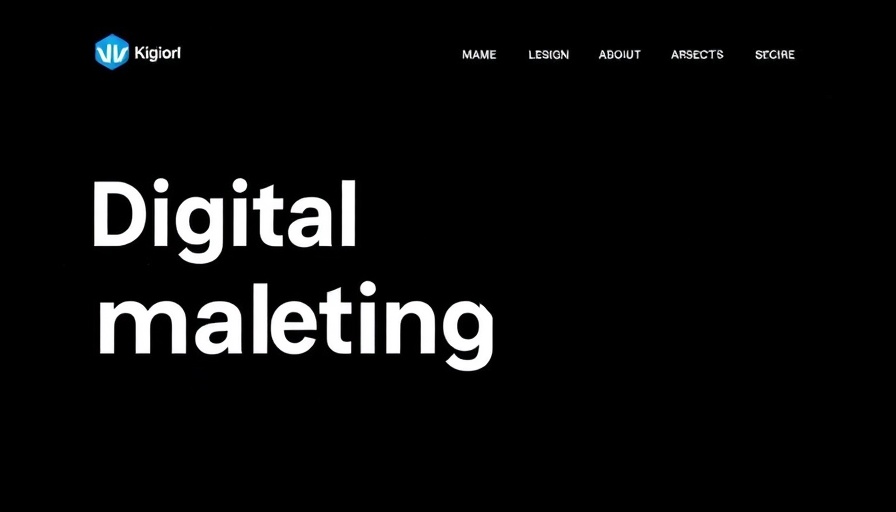
The Brand Loyalty Equation: How Top Brands Cultivate Advocates
In an era where brand loyalty is increasingly fragile, companies are seeking innovative strategies to enhance customer advocacy. Brands like Nike and Apple have transformed their users into lifelong supporters, employing tactics that go beyond simple customer satisfaction. By delving into the core principles that successful companies visualize, we can unlock the potential of turning satisfied customers into vocal advocates.
Understanding Customer Advocacy and Its Importance
Customer advocacy occurs when customers passionately promote a brand and its offerings. This goes beyond traditional marketing; advocacy hinges on authentic relationships and meaningful interactions. In the realm of customer experience, creating advocates is vital as these individuals drive awareness and credibility, crucial factors in a competitive market.
Many brands are realizing the value of not just measuring customer satisfaction through Net Promoter Scores (NPS) but understanding behaviors defining true advocates. Research shows that individuals who feel a legitimate connection to a brand often exhibit stronger advocacy behaviors, ensuring their voices are heard and amplified.
Effective Strategies to Turn Customers into Advocates
Top brands share customer experience strategies that can inspire any entrepreneur or marketer. Here are key strategies to incorporate into your advocacy program:
Empower Your Community
Brands need to empower customers by providing platforms for them to express their opinions and share experiences. For example, creating forums or utilizing social media platforms can help customers engage with the brand and each other, leading to a stronger sense of community.
Create Exceptional Experiences
Customers often become advocates when they have memorable interactions with a brand. Companies should focus on providing exceptional customer service, personalized experiences, and high-quality products to ensure customers feel valued and appreciated. For instance, Airbnb’s commitment to community engagement creates a welcoming environment that fosters advocacy.
Leverage User-Generated Content
Encouraging customers to share their experiences can significantly enhance brand advocacy. When customers create content about their interactions with the brand, it serves as authentic testimonials that resonate with peers. Consider implementing contests that encourage customers to share photos or reviews online; this strategy not only amplifies visibility but also cements customer connections with the brand.
Challenges in Foster Customer Advocacy
While the prospect of cultivating customer advocates is appealing, brands often face challenges. Common obstacles include maintaining authenticity in advocacy messages and scaling the program to engage numerous advocates effectively.
To address these issues, companies must implement clear guidelines for advocacy that promote transparency and provide real value to advocates. Regularly soliciting feedback and suggestions will help ensure that the voices of advocates remain genuine and credible, preventing the program from turning too promotional.
Future Trends in Customer Advocacy
As businesses adapt to technological innovations, customer advocacy programs are evolving too. Artificial Intelligence (AI) allows for more personalized communication with advocates, optimizing outreach strategies and interactions based on individual preferences. Moreover, developments in virtual and augmented reality provide unique opportunities for brands to connect with their audience in immersive ways.
Conclusion: Building a Lasting Legacy of Advocacy
For companies looking to solidify their reputation and establish a loyal customer base, developing a strong customer advocacy program is essential. By implementing the strategies outlined above, organizations can foster engaged advocates who will not only promote the brand but also contribute to its growth and evolution.
As you embark on this journey, remember that advocacy is an ongoing effort requiring dedication to your customers' experiences. It's about building relationships, listening actively, and continuously striving for excellence in every touchpoint.
Start nurturing your customer relationships today; transform satisfied customers into passionate advocates by implementing actionable strategies.
 Add Row
Add Row  Add
Add 




Write A Comment